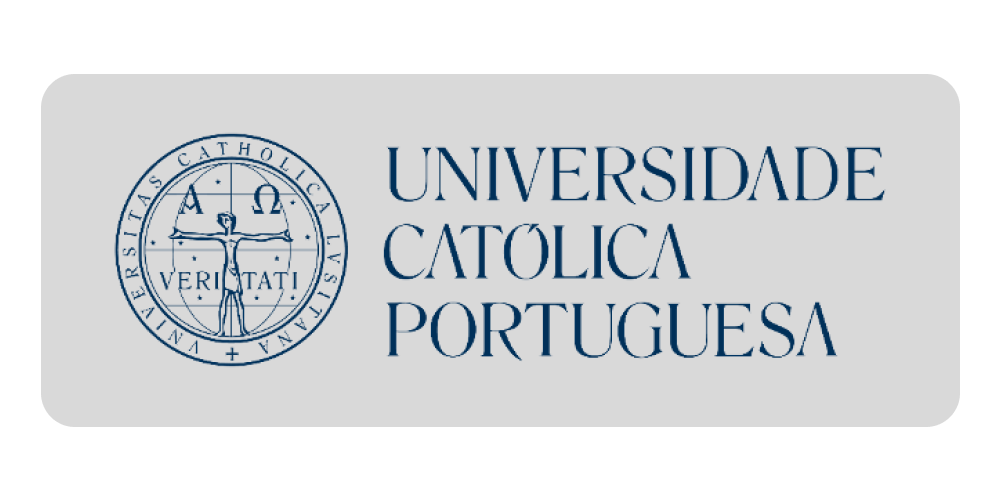Institute for social research in Zagreb
THE AGRICULTURAL POPULATION OF YUGOSLAVIA DURING THE LAST 40 YEARS
1963
The authoress of this article considers the changes in structure of agricultural
population of Yugoslavia in the period from 1921 to 1961.
In the first part of this article the authoress analized the statistical data of
the prewar and postwar population censuses and comes to the conclusion that in the
prewar period total number of agricultural population was increasing absolutely
and relatively as well. In postwar period situation reversed. An average annual
decrease of participation of agricultural population in the total population amounted
in the prewar period to 0,23% while in the postwar period up to 1961. 1,28%. The
authoress particularly notes the differences among republics and regions for the
period from 1953 to 1961 and concludes that there was a general tendency of the
decrease in number of agricultural population (relatively and absolutely). This tendency
is strongly expressed in regions which have been developing their economies
relatively the most intensive in the postwar period (Crna Gora, Makedonia).
In the second part authoress considers the degree of economic activity of agricultural
population. According to the population censuses in 1953 and 1961 the
procentage of activ agricultural population in the total number of agricultural
population was lower in less developed regions than in more developed ones. Surprisingly high procentage of women are among the active agricultural population
(55% in the whole country and 62% in Slovenia). However this is a consequence
of higher proportion of men among those employed in nonagricultural activities.
Relatively high procentage of women in the activ agricultural population determines
and changes in certain extent the way of farming. Peasants\u27 households
with prevailing women labour power orientate their agricultural production to
so called »small farming «(pigbreeding and hortyculture). Women manage agricultural
works in about 15% of all pesants’ households (in Croatia 20% and in
Slovenia 25% respectively).
In the third part authoress analized some basic data about the age structure
of agricultural population. Gradual process of ageing of rural population is a general
tendency and is due to the flow of younger people from villages to towns. Analysis
of the decrease of activ population in the period 1953—1961 shows that groupes of
activ population up to the 34 yaers of age rapidly reduced their number while
groupes of activ population over 50 years of age increased their number.
In the conclusion of this article there is said: »The tendency of further decrease
of agricultural population is caused on the one hand by the decline of
the rate of natural increase and on the other hand by the flow of rural population
from villages to towns i. e. from agricultural to nonagricultural activities.
Many individual households won\u27t reproduce themselves any more. Aged peasants’
households are growing in number and gradually dying out as agricultural households«
Institute for social research in Zagreb
THE AGRICULTURAL POPULATION OF YUGOSLAVIA DURING THE LAST 40 YEARS
The authoress of this article considers the changes in structure of agricultural
population of Yugoslavia in the period from 1921 to 1961.
In the first part of this article the authoress analized the statistical data of
the prewar and postwar population censuses and comes to the conclusion that in the
prewar period total number of agricultural population was increasing absolutely
and relatively as well. In postwar period situation reversed. An average annual
decrease of participation of agricultural...
Preuzmite dokument
1963
 Danica Marković
Danica Marković






